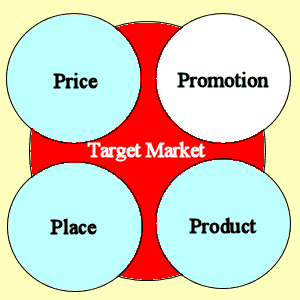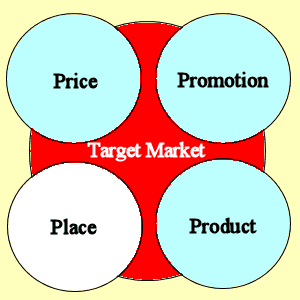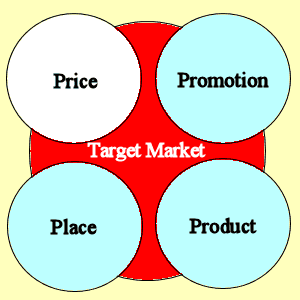Promotion represents all of the communications that a marketer may use in the marketplace. Like marketing mix, promotion has its own ‘ingredients’ to customize your strategy.

Personal selling is an effective way to manage customer relationships. Sales personnel act on behalf of the producer/manufacturer. These sales personnel tend to be well trained in the approaches and techniques of personal selling. However sales personnel can be very expensive and should only be used where there is a good return on investment.
Sales promotion on the other hand, tends to be thought of as being all promotions not including advertising, personal selling and public relations. Examples of sales promotion are BOGO (Buy One, Get One Free), couponing, dollars-off promotions, competitions, free accessories, introductory offers and other methods. Each sales promotion should be carefully compared with the next best alternative.
Public relations is the deliberate, planned and sustained effort to start and maintain goodwill between an organization and its public. It is relatively inexpensive in comparison to other promotion methods, successful strategies tend to be long term and plan for all possible outcomes.
Direct mail is another element of promotion mix. It is very highly focused upon targeting consumers based on a database. The mail is sent out to potential consumers and responses are carefully monitored to maximize ROI (Return on Investment) both short and long term. One example is using subscribers to a Cat magazine would definitely be more likely to buy cat health insurance than non-cat owners.
Participating in Trade Fairs and Exhibitions are very good approaches for making new contracts and maintaining old ones. Companies will seldom sell much at these events, but it aims to increase awareness and to encourage trial of their products. Trade fairs and exhibits offer the opportunity for companies to meet with the distributors and end users.
Advertising is a paid for communication. Newspapers, magazines, journals, television, movies, radio and the internet are used to spread the information. The images, words and feelings help to develop attitudes, create awareness, and transmit information in order to gain a positive response from the target market.
Sponsorship is where an organization pays to be associated with a particular individual, event, cause or image. For example, ROLEX sponsoring the US OPEN or PEPSI sponsoring the SUPERBOWL. The target market relates the positive aspects of the sponsored individual/event to the sponsor. WARNING: Negative aspects can also be transferred, so choose wisely.
Just like a cake mix, the ‘ingredients’ of the promotional mix are then integrated to form a unique but coherent campaign.
Promote Away,
Samuel Carrara





